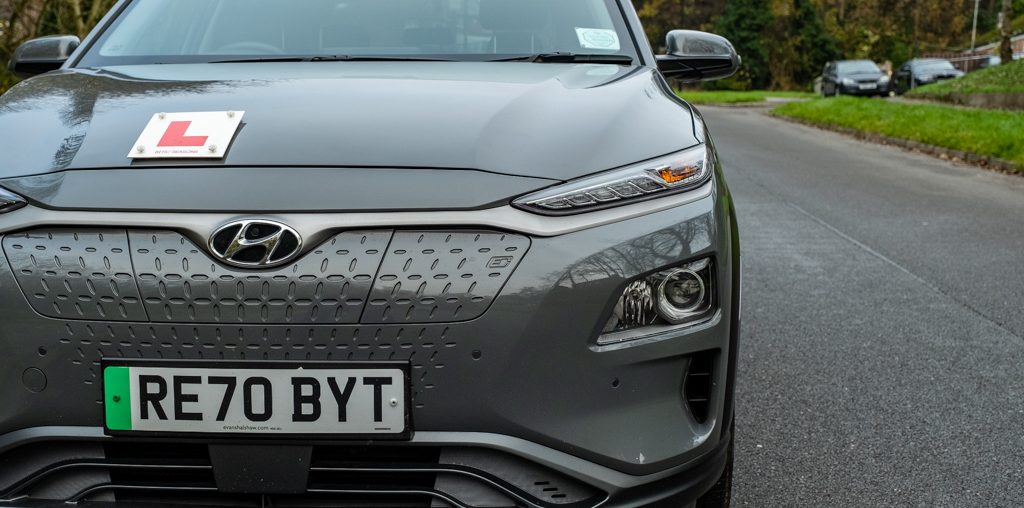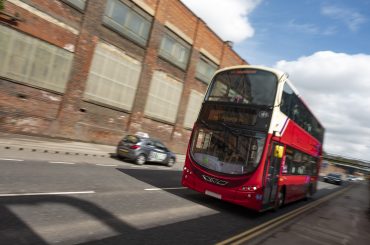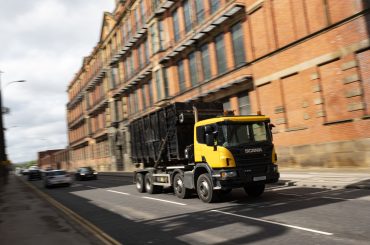Last year there were 32 changes to the highway code which came into force in quarter 4. This year we start out with even more changes, 52 additional rule changes affecting pedestrians, cyclists, motorcyclists, horse riders and drivers of all motor vehicles.
This article looks in detail at the new H1, H2 and H3 rules dealing with the Hierarchy of Road Users.
Hierarchy of Road Users – Rules H1, H2 and H3
The new Hierarchy of Road Users is three rules which enter the Highway Code at the next update. The code defines it as ‘a concept that places those road users most at risk in the event of a collision at the top of the hirearchy.’ Put simply, the bigger you are, the more responsibility you have for the protection of more vulnerable road users.
Rule H1 tells us that responsibility for taking care and reducing the danger lies most on the shoulders of large vehicle drivers, van drivers, taxis, cars and motorcyclists. It adds in the responsibility of cyclists, horse riders and drivers of horse drawn vehicles for the safety of pedestrians.
A key point in this rule is that it does say that none of the guidance in the rule ‘detracts from the responsibility of ALL road users, including pedestrians, cyclists and horse riders, to have regard for their own and other road users safety.‘

Rule H2 deals specifically with meeting pedestrians whilst out on the road. It tells all road users from cyclists through to heavy haulage drivers that they have a responsibility for pedestrian safety.
‘At a junction you should give way to pedestrians crossing or waiting to cross a road into which or from which you are turning.’
The key word here is should, it means that we are talking about best practice and not a hard and fast rule. If you find yourself in a situation where it isn’t safe for you to stop and let the pedestrian cross, you should continue. HOWEVER, it is already being seen out on the road; pedestrians know this rule is coming and we are finding with increasing frequency, those on foot just stepping out and not waiting to see if their way is clear.
Once they’ve got foot on the road, the safety calculation changes. It becomes a case of who is going to get hurt the most if you don’t take action and at that point, even if you are in a SMART car and the lorry driver behind isn’t looking, you stopping is the safest thing you can do.
‘You MUST give way to pedestrians on a zebra crossing, and to pedestrians and cyclists on a parallel crossing (see Rule 195)
‘Pedestrians have priority when on a zebra crossing, on a parallel crossing or light controlled crossings when they have changed to a green signal.
‘You should give way to pedestrians waiting to cross a zebra crossing, and to pedestrians and cyclists waiting to cross a parallel crossing.’
The first section of this next bit is a must. If you don’t give way to pedestrians and cyclists already crossing in these instances you are liable to prosecution. That liability continues even if pedestrians are still on the crossing when the lights change to green. The final line says that we should give way to those waiting to cross, this is best practice but you shouldn’t do it if it isn’t safe.
The final line of the rule extends this duty to those on horseback.

‘Cyclists should give way to pedestrians on shared use cycle tracks and to horse riders on bridleways.
‘Only pedestrians may use the pavement. Pedestrians include wheelchair and mobility scooter users.
‘Pedestrians may use any part of the road and use cycle tracks as well as the pavement, unless there are signs prohibiting pedestrians.‘
Cyclists now need to give way to pedestrians everywhere and to horse riders on bridleways. It’s also now clearly stated that a bicycles place is either in a cycle lane or on the road, not on the pavement where there is a greater risk of injury to pedestrians.
Rule H3 is aimed at drivers of motorised vehicles including motorcycles. It talks about our responsibility to give more vulnerable road users space. We all know we shouldn’t cut across cyclists, this should not rule re-enforces that and adds that cars should wait for a suitable gap in the flow of cycles before moving off or turning out of a junction.
Effectively we are now treating cyclists like cars when on the road.





